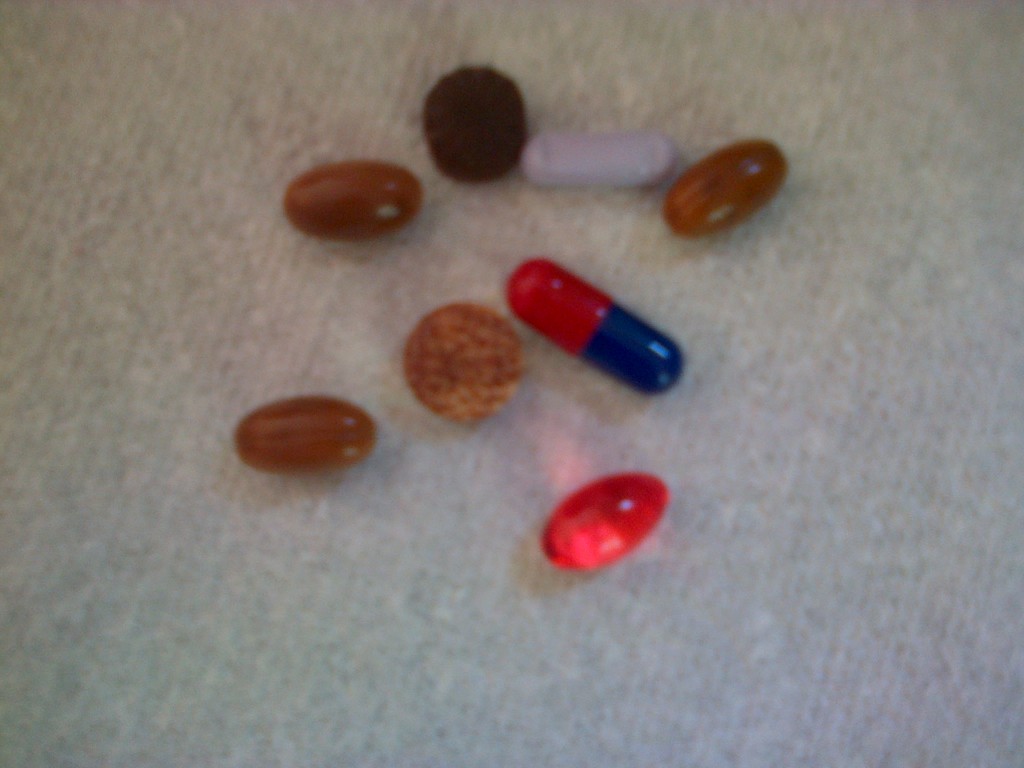
New drug combination for rheumatoid arthritis treats the disease just as well as other intensive treatment strategies but with less medication and fewer side effects at a significantly lower cost. Doctoral researcher Diederik De Cock (KU Leuven) describes the strategy in a new study published in Annals of Rheumatic Diseases.
Rheumatoid arthritis (RA) is a chronic auto-immune disease that causes pain and stiffness in the joints, fatigue, bone damage and, eventually, loss of mobility. RA afflicts around 1% of people in the western world; in Belgium, 80,000 to 100,000 people currently live with the disease.
Because there is no known cure for RA, physicians focus treatment on suppressing disease activity. Therapies have improved in recent years, and clinical studies show that intensive treatment of early RA can prevent joint damage and improve patients’ quality of life.
In the two-year study, called ‘CareRA’ (Care in early RA), researchers and clinicians in the rheumatology unit at University Hospitals Leuven examined various therapies for early RA. Their goal: to find the optimal combination and dosage of three commonly prescribed antirheumatic drugs (methotrexate, sulfasalazine and leflunomide) in combination with glucocorticoids (a class of steroid hormones).
The researchers divided 290 early RA patients into three treatment groups. Each group received a different combination therapy: ‘COBRA Classic’ (methotrexate, sulfasalazine and a high first dose of glucocorticoids), ‘COBRA Slim’ (methotrexate and a moderate dose of glucocorticoids) or ‘COBRA Avant-Garde’ (methotrexate, leflunomide and a moderate dose of glucocorticoids).
All three strategies showed a similarly high efficacy: disease remission was achieved in 7 in 10 patients after 16 weeks of treatment. But the strategies varied significantly when it came to side effects.
The new COBRA Slim strategy, which calls for the least amount of medication, had half as many side effects as the two other strategies – and was just as effective. The strategy would also be easier to implement in daily practice because it is less complicated.
A broader use of this strategy would lead to higher remission rates in the global early RA population and would probably reduce the need for expensive second-line antirheumatic treatment, say the researchers.
“One surprising finding in the study was the high remission values recorded for all of the applied intensive treatment strategies, which were unprecedented internationally,” says Diederik De Cock, doctoral researcher at the Research Centre for Skeletal Biology and Engineering (KU Leuven).
“Methotrexate is very affordable, as are steroids,” says Diederik De Cock. “Implementing this therapy across Flanders would mean substantial savings. At the moment, RA treatment is not yet adequately standardized in Belgium, and this leads to treatment inefficiencies. As a result, more patients require expensive second-line antirheumatic therapies known as biologicals, which can cost up to 15,000 euros per year. By comparison, the COBRA Slim strategy costs less than 1,000 euros. In other words, we can treat up to 15 patients for the same price as a year of treatment with a biological,” says Diederik De Cock.